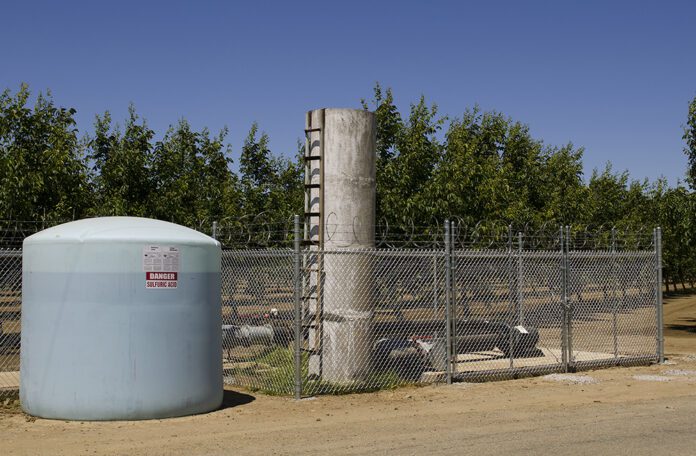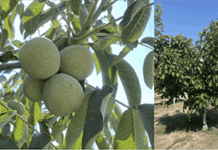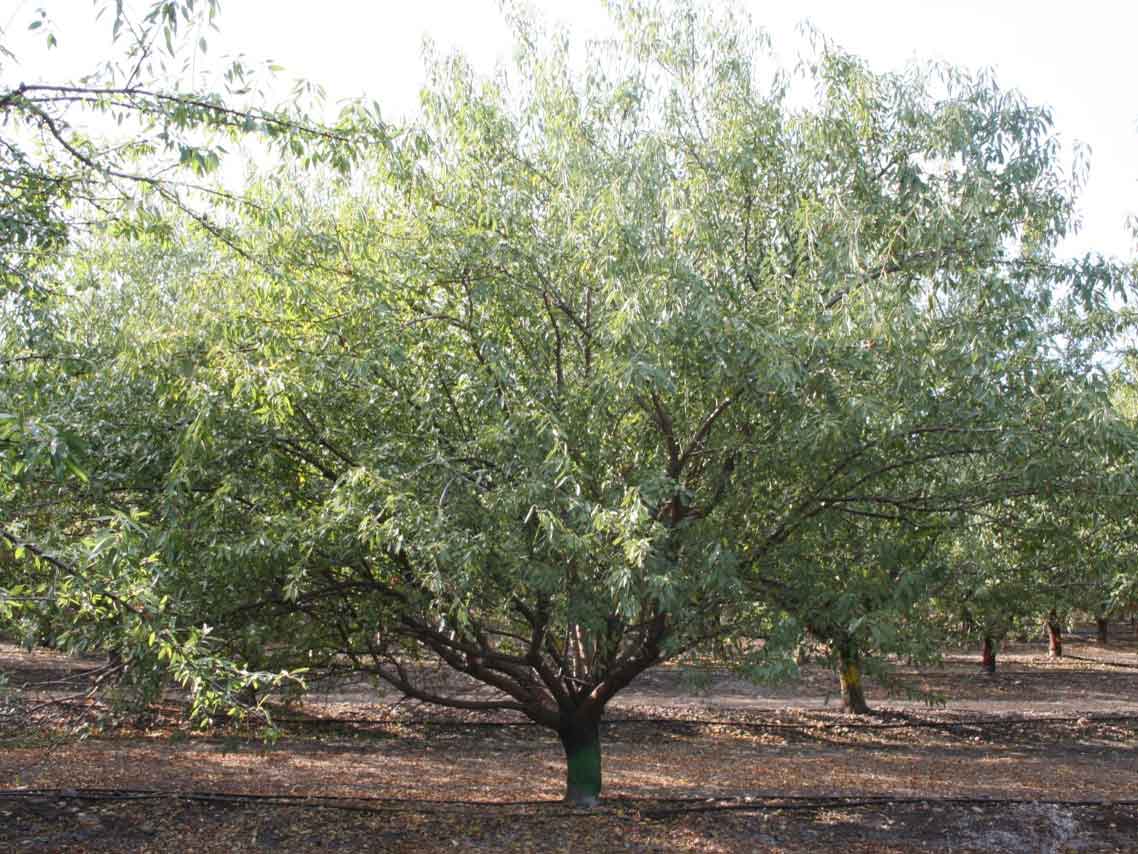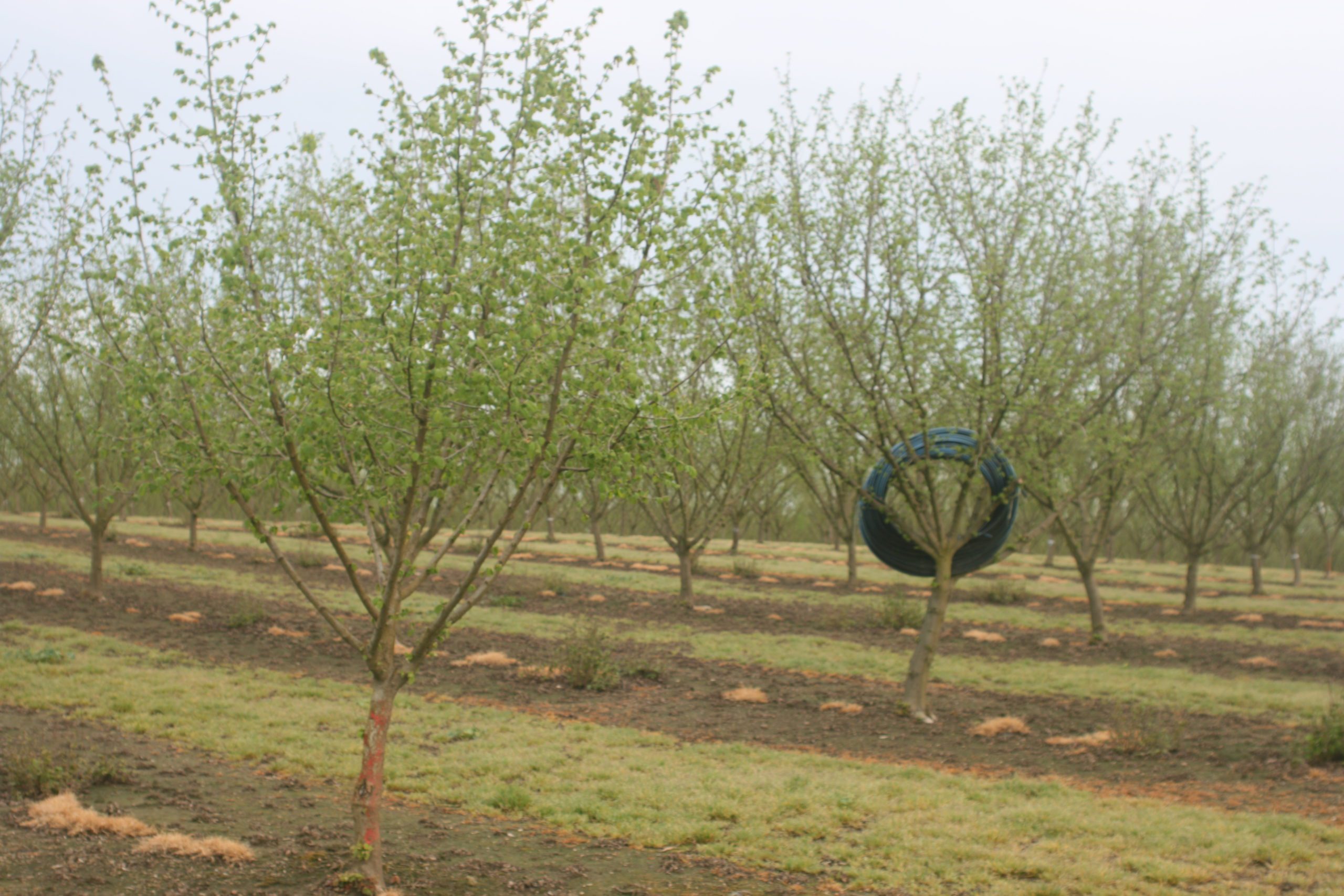
In a Nutshell: Listen to the Summary
Fertilizers should be viewed as a pillar of modern agriculture. Instead, the focus tends to be on allegations by some that fertilizers pose a risk to the environment and the health of rural Californians. The allegations include harmful impacts to land, water and air quality. Let’s look at the allegations and the facts.
Soil Health and Air and Water Quality Issues
California is investing millions of dollars in initiatives to help assure soil health. These initiatives range from soil health research to improving farm practices to protect soil health. Western Plant Health Association supports the goal of assuring the health of California’s soils to ensure sustainable farming systems.
However, we question how wanting to protect California’s agricultural soils translates into the allegations that traditional fertilizers are harmful to those soils.
Fertilizers feed crops and promote healthy plant growth. Simply put, without fertilizers, crops would have to pull all available nutrients from the soil. Fertilizers support long-term sustainability and soil health. They help growers produce more food on the same amount of land, which reduces the pressure to clear forests or convert natural habitats into farmland. From 1961 to 2005, food production increases assisted by fertilizers helped preserve an estimated 1 billion hectares of land that would have otherwise been required for agriculture. This represents a significant win for biodiversity and environmental conservation.
According to the International Fertilizer Association, 85% of soils are deficient in nitrogen, 73% in phosphorus and 55% in potassium. These are foundational nutrients. Without them, food production declines, harvests shrink and food shortages become a reality. Even in fertile regions, soils lose nutrients over time. Fertilizers help correct these deficiencies, restoring balance and keeping farmland productive.
N, for example, is essential for leaf and stem growth, but it is largely inaccessible to plants unless added through fertilizers. Although N exists in the air, plants cannot absorb it directly. P supports root development and energy transfer in plants, but it must be made water-soluble through fertilizer applications. K assists plants in building proteins and resisting disease, but it naturally occurs deep underground, far beyond the reach of roots. In each case, fertilizers make these nutrients available to crops in usable forms, bridging the nutrient gap and ensuring that soils retain nutrients and our food supply remains stable.
Let’s look at air quality. Again, fertilizers help promote healthy plant growth. Healthy plants are more effective at capturing carbon dioxide through photosynthesis. Fertilizers, by promoting healthier plant growth, indirectly enhance carbon sequestration in agricultural soils. In fact, with improved fertilizer and land management practices, farm soils around the world could store an additional 1.85 billion metric tons of carbon annually. That is the equivalent of removing about 7 billion metric tons of CO₂ from the atmosphere each year, or 1.6 billion cars from the road.
The California Air Resources Board examined fertilizer contributions to greenhouse gas emissions over 20 years ago and found that the cost of regulating fertilizers far outweighed any benefits, so it declined to implement fertilizer air quality regulations. Even with California Air Resource Control Board’s (CARB) findings that fertilizers are not impacting air quality, fertilizer application equipment has continued to be refined so fertilizer applications are even more precise and the risk of any NOx emission has been reduced further. Additionally, fertilizer products that could potentially result in higher emissions have been reduced in use by at least two-thirds over the past 20 years.
But activists continue to promote these allegations. Based almost exclusively on one study, and despite the many studies conducted over the past 20 years, CARB has appointed an expert panel to review the allegations and make recommendations. CARB is expected to review the panel’s draft report in May and will be holding a hearing in June.
Water quality is probably the issue that is most pressing for agriculture involving fertilizers. Concerns about nitrate contamination from dairies and the historic use of fertilizers continue to be an issue for agriculture. While there has never been a case of blue baby syndrome in California, a serious illness resulting from ingesting high amounts of nitrates, allegations continue to be raised by disadvantaged communities.
The fertilizer industry has responded by committing tens of millions of research dollars, managed by CDFA through the Fertilizer Research and Education Program (FREP). FREP provides research and education grants on the environmentally safe use of fertilizers. The grants fund environmental research and education projects by researchers, provide conferences that share this information with professional fertilizer advisers and growers, and have funded the development of the Certified Crop Adviser Program and the CDFA/UC ANR Grower Outreach Training Program. All of this has been funded by the fertilizer industry and agricultural retailers without any public funding.
Western Plant Health Association and growers have worked proactively with the Central Valley and Central Coast Regional Water Quality Control Boards and the State Water Resources Control Board to develop monitoring and reporting programs that verify that growers are using appropriate best management practices to mitigate potential effects of N fertilizer applications. Farm coalitions have committed to short- and long-term goals to reduce nitrates in groundwater and have paid for replacement drinking water programs for residents. Yet activist allegations continue as if no efforts are taking place by agriculture to care for its local communities.
As policymakers consider how to best support food security, environmental goals and protecting human health, it is critical to understand the role fertilizers play in sustaining not just farms but entire food systems.
Fertilizers ensure that our soil remains healthy, our food stays affordable and our farming practices adapt to the demands of a growing population while protecting the environment.

Fertilizers and Community Well-being
The benefits of fertilizers do not stop at the farm. By increasing crop production and enhancing the nutritional quality of food, fertilizers support public health, economic growth and community resilience. Affordable, reliable food supplies are essential for social stability and economic development. When food availability declines, food prices surge, and low-income families and underserved communities suffer the most. Fertilizers help ensure food remains accessible and nutritious, particularly for staples like rice, wheat and corn that nourish billions of people worldwide.
In California, agriculture serves as a major economic engine, contributing over $50 billion annually and employing hundreds of thousands of people. Ensuring that growers have access to necessary tools, including fertilizers, is essential for maintaining this economic strength. It also reinforces California’s leadership in sustainable agriculture and innovation.
The Role of Policymakers
As policymakers and their staff shape agricultural, environmental and economic policies, understanding the essential role of fertilizers is increasingly important. This is not about promoting overuse or disregarding environmental risks. On the contrary, it is about advocating for science-based, responsible practices that optimize fertilizer use while minimizing negative impacts.
The future of food relies on healthy soil, productive farmland and science-based farming practices. Fertilizers will play a crucial role in this equation. They enable growers to produce more food with fewer resources, protect environmental health and respond to the increasing challenges posed by climate change. For California and the nation, promoting responsible fertilizer use is not merely an agricultural issue. It is a priority for food security, the economy and the environment.















